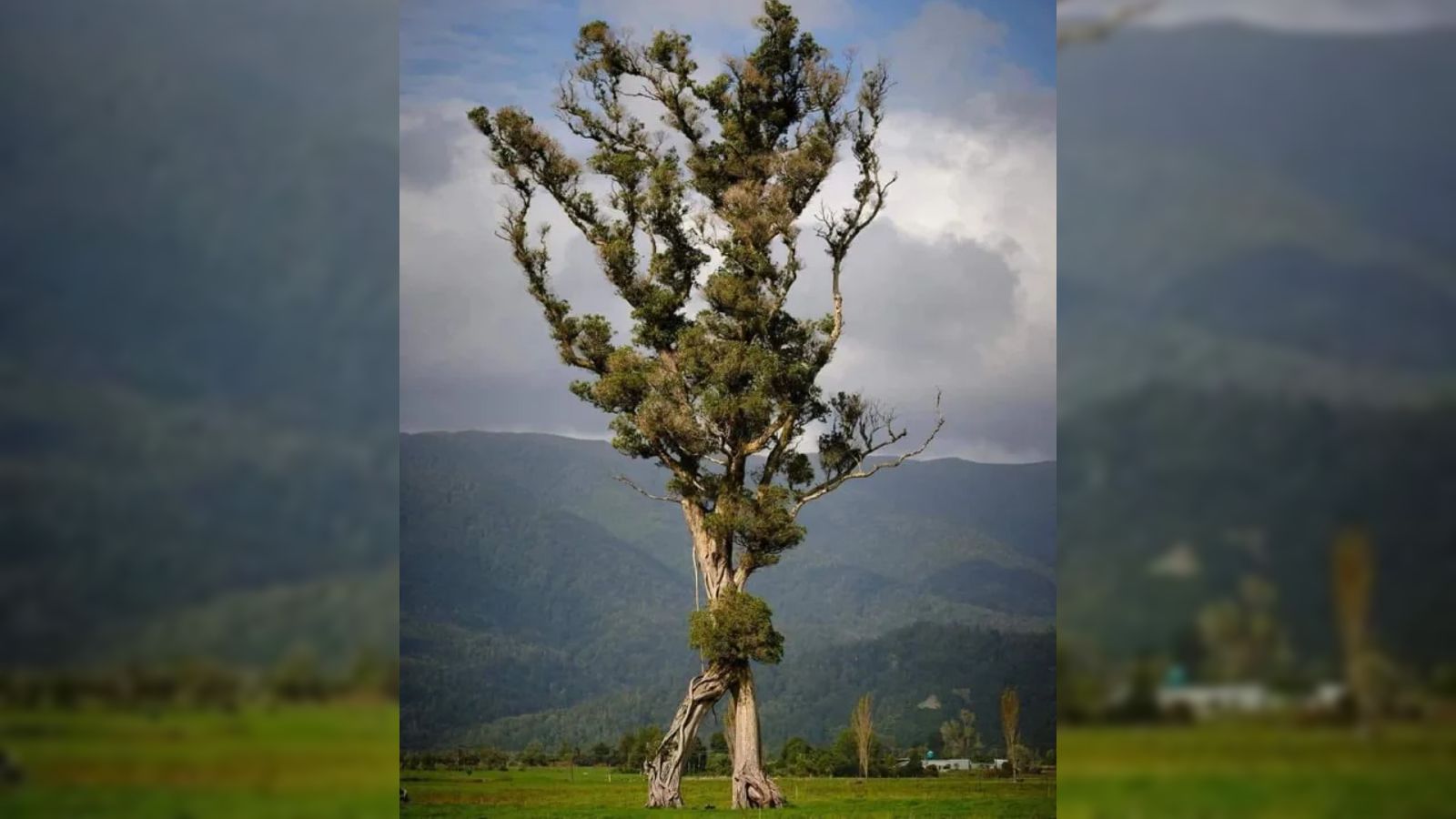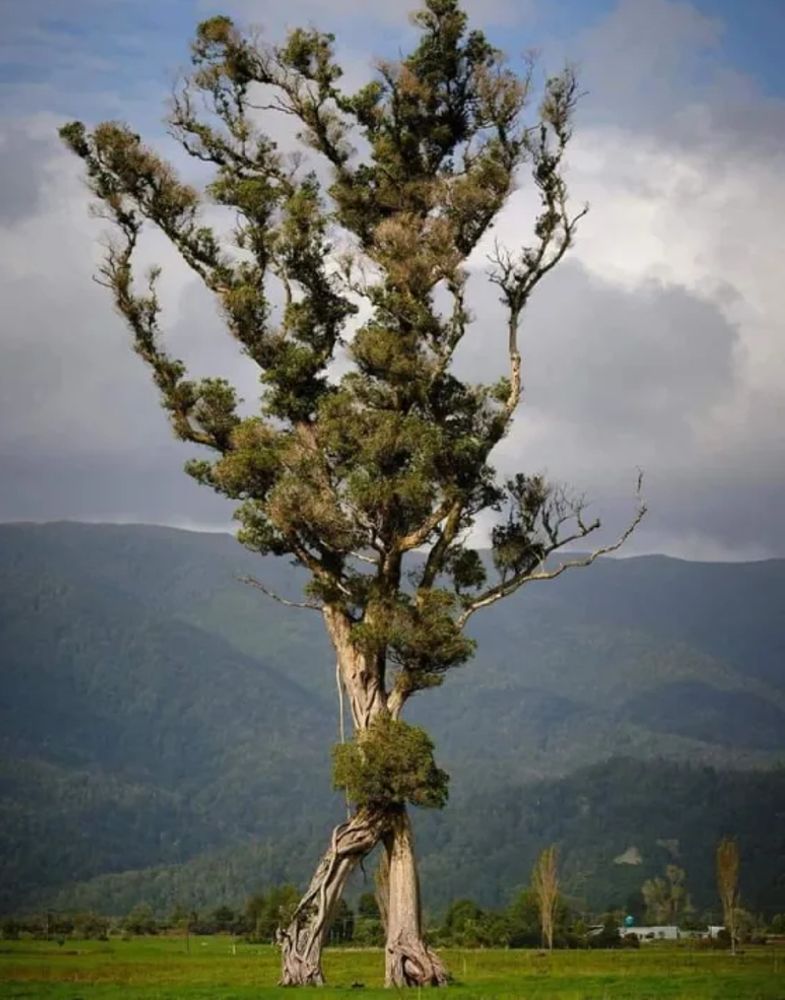This walking tree, worthy of Tolkien, is the last of its forest
Follow us on Google News (click on ☆)

The "walking tree" is a northern rātā (Metrosideros robusta). It stands over 100 feet (30 meters) tall and is at least 150 years old.
Credit: Gareth Andrews
Nicknamed "the walking tree," this northern rātā (Metrosideros robusta), one of the tallest flowering tree species in New Zealand, can live up to 1,000 years. Its root system and branch-like arms give it the appearance of an Ent, the forest guardians in Tolkien's universe.
Isolated in a field near a cemetery in Karamea on the west coast of the South Island, this impressive tree stands about 105 feet (32 meters) tall, roughly the height of a seven-story building, according to the New Zealand Tree Register.
The walking tree won the 2024 edition of the New Zealand Arboricultural Association's (NZ Arb) Tree of the Year competition, securing 42% of the public votes among six finalists. "It took the lead from the start," competition organizer Brad Cadwallader told Radio New Zealand.
Although the exact age of the tree is unknown, organizers noted it is the only survivor from a forest cleared about 150 years ago. "The farming family of the time clearly thought it was special since they left it standing," Cadwallader added.

Credit: Gareth Andrews
Northern rātā are epiphytes, trees that begin their life growing on the surface of a host tree before developing aerial roots that reach the ground. The walking tree likely started its life in the canopy of its host, surviving off air and rainwater before touching the ground. Its unusual root arrangement comes from the way it grew around its now-absent host.
Endemic to New Zealand, northern rātā were once common in the country's forests but are now classified as nationally vulnerable. Deforestation and invasive possums (Trichosurus vulpecula) that eat their leaves and gnaw on their roots are their main threats, along with hybridization with pōhutukawa (Metrosideros excelsa) and myrtle rust (Austropuccinia psidii).